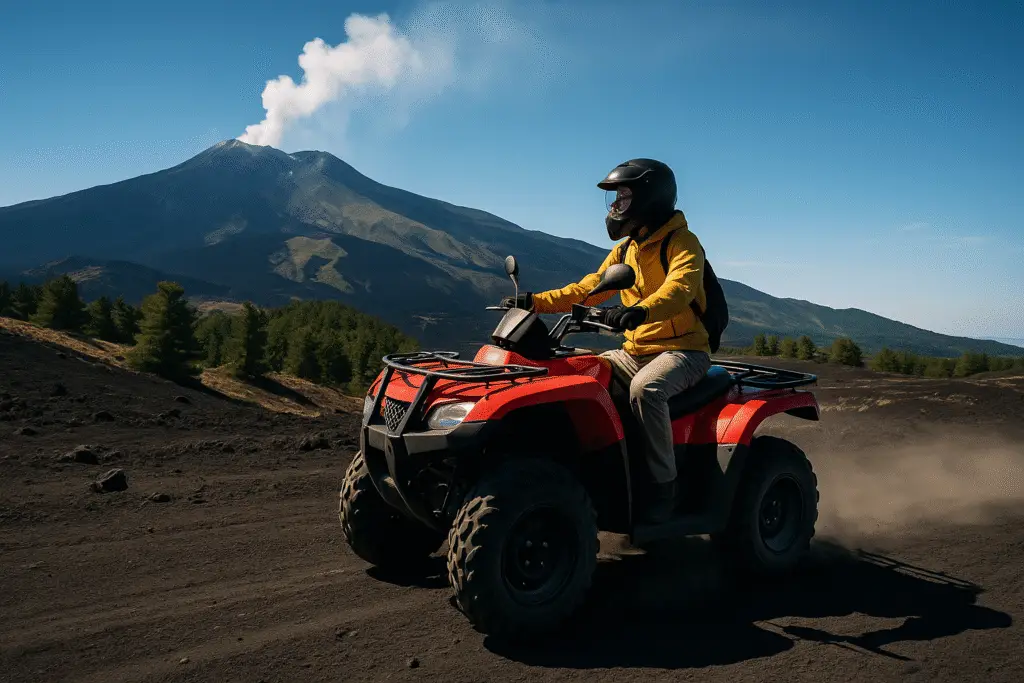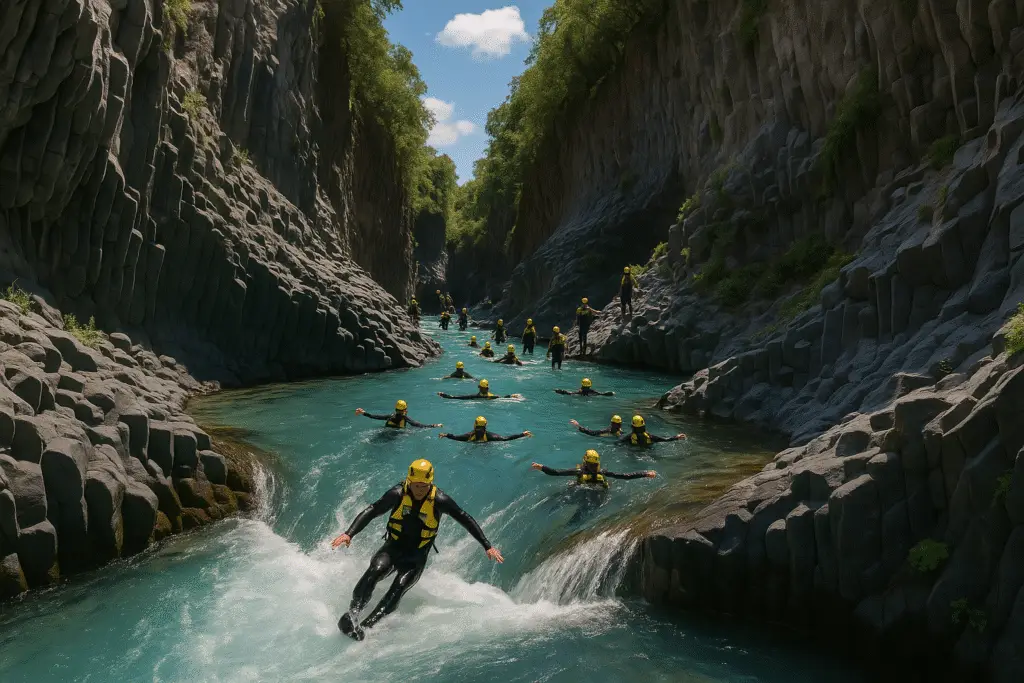Walk through waves of stone and shafts of light in one of the world’s most photogenic natural wonders.
 Introduction: Nature’s Masterpiece in the Arizona Desert
Introduction: Nature’s Masterpiece in the Arizona Desert
Hidden beneath the arid surface of northern Arizona lies a geological wonder that feels more like a dream than reality. Antelope Canyon — with its flowing red rock walls, sunbeam-lit chambers, and winding sandstone corridors — is one of the most photographed slot canyons in the world. Located just outside the town of Page, this magical place draws travelers, photographers, and adventure-seekers from around the globe.
In this guide, you’ll discover everything you need to know about visiting Antelope Canyon — from choosing the right tour to capturing that perfect shot.
 Where Is Antelope Canyon?
Where Is Antelope Canyon?
Antelope Canyon is located on Navajo land, just east of Page, Arizona, near the Arizona-Utah border and Lake Powell. It consists of two main sections:
- Upper Antelope Canyon (“The Crack”): Famous for its light beams and easy walk-through experience.
- Lower Antelope Canyon (“The Corkscrew”): Narrower, with ladders and steeper descents, offering a more adventurous feel.
Upper vs Lower Antelope Canyon: Which One Should You Choose?
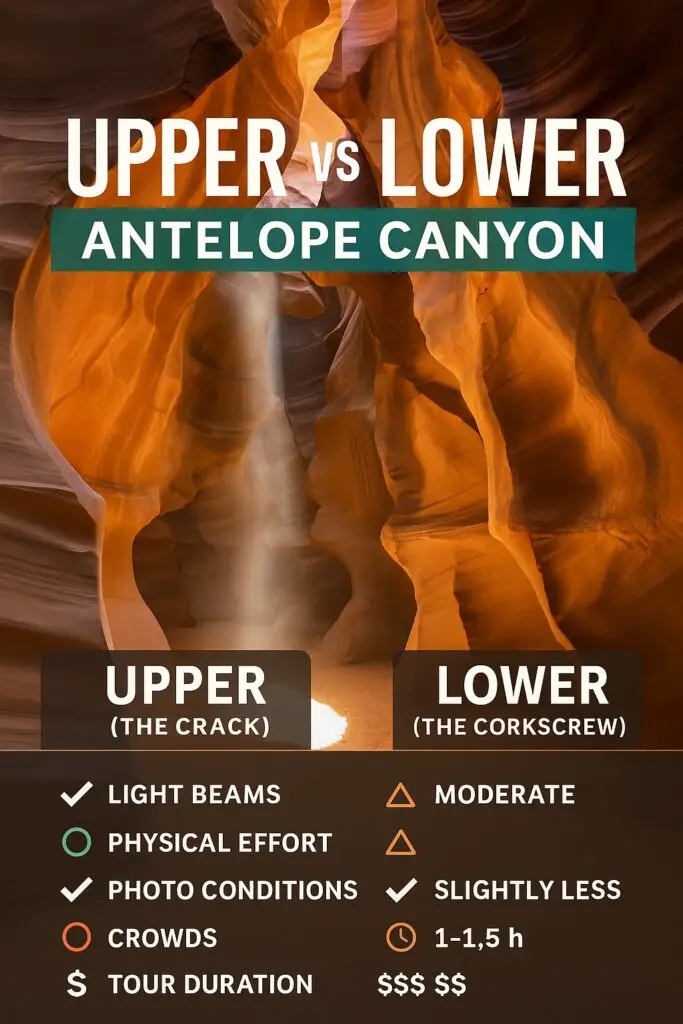
While both sections of Antelope Canyon are incredibly beautiful and carved by the same forces of nature, they offer very different experiences. Here’s an in-depth comparison to help you decide which one fits your travel style — or why you might want to visit both.
Upper Antelope Canyon (“The Crack”)
Best for: First-time visitors, photographers, families, and those looking for ease and iconic light beams.
 Key Features:
Key Features:
- Famous light beams: These iconic shafts of sunlight only occur in the Upper Canyon (especially May–August, around midday).
- Wider, flat floor: The canyon is easily walkable, with no stairs or ladders, making it ideal for people of all ages and mobility levels.
- Easier lighting conditions: Because it’s darker inside with wide openings above, photos tend to have softer contrasts and stunning colors.
 Things to consider:
Things to consider:
- More crowded: This section is extremely popular, especially during peak light beam hours.
- Shorter tour: The walk is about 100 meters (330 ft) long and takes ~1 hour, with a simple in-and-out route.
- Higher prices: Because of its popularity and light beams, Upper Canyon tours are usually more expensive than Lower Canyon tours.
Lower Antelope Canyon (“The Corkscrew”)
Best for: Adventurous travelers, photographers looking for unique angles, and those seeking a slightly more active experience.
 Key Features:
Key Features:
- Narrower and deeper: Expect tighter passageways and more dynamic, wave-like shapes in the rock formations.
- Ladders and stairs: You’ll climb up and down steel staircases and walk through narrow slots. It’s safe, but not ideal for claustrophobic or mobility-impaired visitors.
- Unique photo opportunities: The textures, angles, and curves make for dramatic compositions — especially with morning or late-afternoon light.
 Why Antelope Canyon Should Be on Your Bucket List
Why Antelope Canyon Should Be on Your Bucket List
- Incredible light beams (April to October, late morning)
- Sculpted sandstone walls that glow red, orange, and purple
- Photographer’s paradise: no filters required
- One-of-a-kind landscapes formed over thousands of years by flash floods
- Close to other attractions like Horseshoe Bend and Lake Powell
 You Can’t Go Alone — Tours Are Mandatory
You Can’t Go Alone — Tours Are Mandatory
Since Antelope Canyon lies on Navajo land, access is only allowed with a licensed Navajo guide. You’ll need to book a guided tour — and they fill up fast, especially during peak season (spring/summer).
 Recommended tour platforms:
Recommended tour platforms:
 Upper vs Lower Antelope Canyon: Which Should You Choose?
Upper vs Lower Antelope Canyon: Which Should You Choose?
| Upper Canyon | Lower Canyon | |
|---|---|---|
| Accessibility | Easy, flat walk | Steeper, with ladders |
| Light beams | YES (best in summer, midday) | Less common |
| Photo ops | Iconic sunrays + wide shots | More dynamic textures |
| Crowds | Busier | Slightly less crowded |
| Duration | ~1 hour | ~1–1.5 hours |
 Tip: Do both if you can — they offer completely different perspectives of the same magical geology.
Tip: Do both if you can — they offer completely different perspectives of the same magical geology.
 Best Time to Visit (For Light Beams & Photos)
Best Time to Visit (For Light Beams & Photos)
- Best months: Late March to October
- Best time of day: Between 10:00 AM – 12:30 PM (sun directly overhead)
- For photography: Bring a DSLR or phone with wide-angle mode. Tripods often not allowed unless you book a specialized photo tour.
 What to Bring (and Not Bring)
What to Bring (and Not Bring)
Do bring:
- Water bottle
- Hat & sunscreen (it gets hot!)
- Comfortable shoes (closed-toe recommended)
- Camera or phone
Leave at home:
- Tripods (unless approved)
- Bags/luggage (most tours ban large bags)
- Drones (strictly prohibited)
 How Much Does It Cost?
How Much Does It Cost?
Pricing depends on the provider and canyon section, but here’s a general range (2025):
| Type | Price (per person) |
|---|---|
| Upper Antelope Canyon Tour | $85–$120 |
| Lower Antelope Canyon Tour | $60–$90 |
| Combined Canyon Tours | $140–$200 |
| Photography Tours (limited) | $150–$250 |
Some tours include park entry; others charge the Navajo permit ($8) separately.
 Where to Stay
Where to Stay
Best base: Page, Arizona
This small desert town offers great access to Antelope Canyon, Lake Powell, and Horseshoe Bend.
Recommended stay:
Lake powell resort:
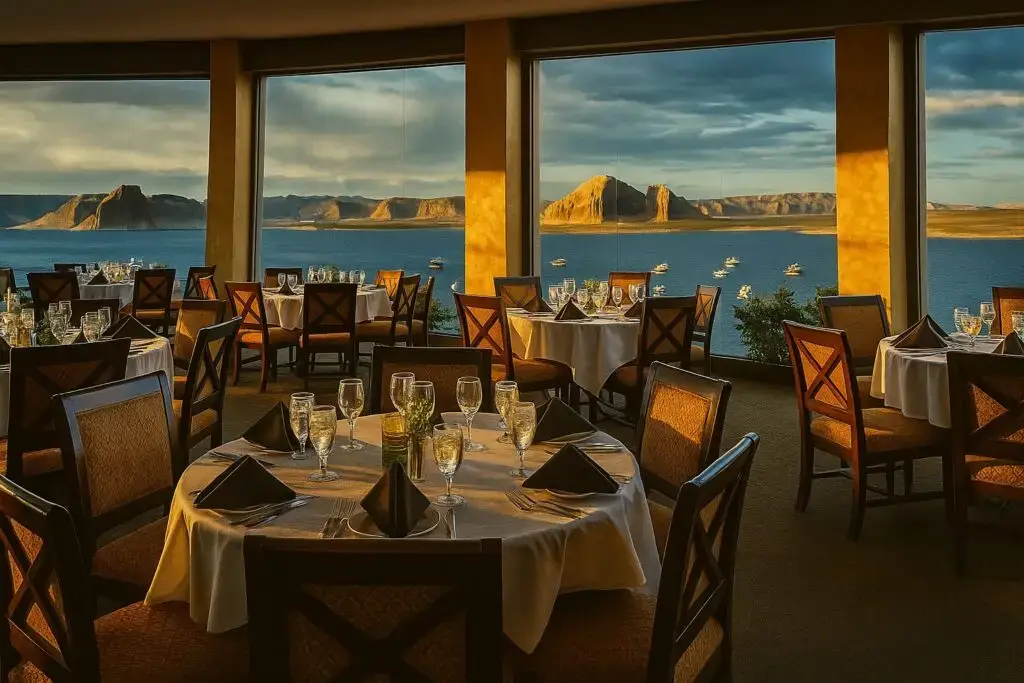
 Other Bucket List Stops Nearby
Other Bucket List Stops Nearby
- Horseshoe Bend – 10 minutes away, epic sunset views
- Lake Powell – kayaking, boating, scenic cruises
- Glen Canyon Dam – lesser-known but impressive
- The Wave – limited access, permit-only (lottery system)
- Zion National Park – 2 hours west
 Respect the Land and Culture
Respect the Land and Culture
Antelope Canyon is sacred to the Navajo people. Always be respectful of:
- Your Navajo guide
- Local customs and rules
- The land (no littering, climbing, or touching the canyon walls)
 Sample Itinerary (Perfect Half-Day Plan)
Sample Itinerary (Perfect Half-Day Plan)
8:30 AM – Depart from Page
10:00 AM – Tour of Upper or Lower Antelope Canyon
11:30 AM – Drive to Horseshoe Bend
12:00 PM – Hike and take photos
1:00 PM – Lunch at Big John’s Texas BBQ
Afternoon – Optional: Lake Powell cruise or relax at your resort
 Final Thoughts: Antelope Canyon Is Worth the Hype
Final Thoughts: Antelope Canyon Is Worth the Hype
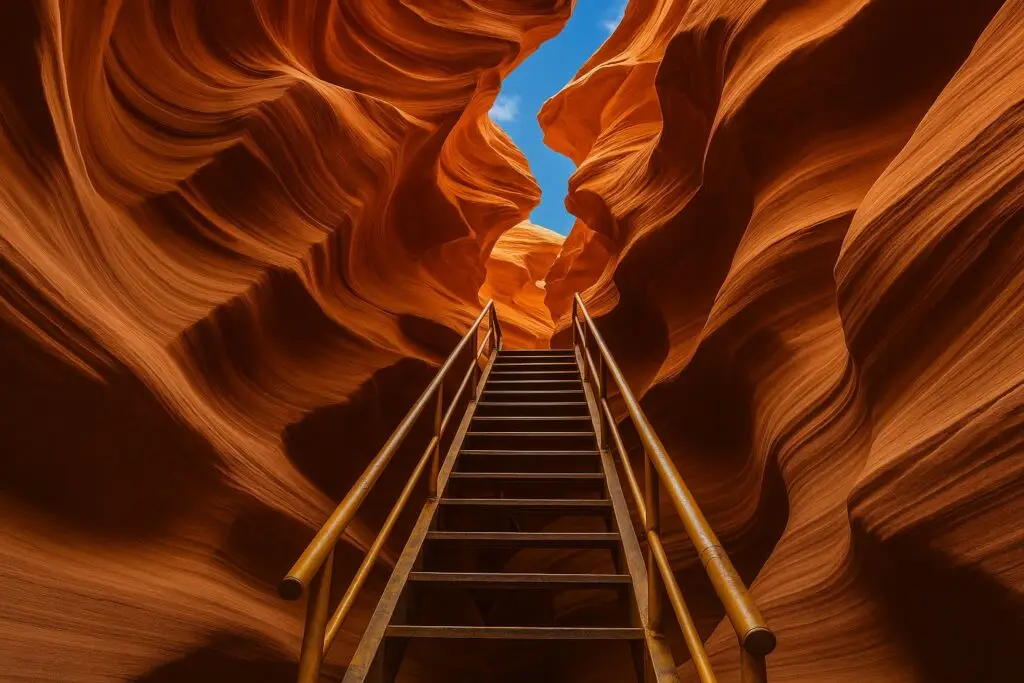
Whether you’re a professional photographer or simply a traveler chasing the most beautiful corners of Earth, Antelope Canyon is a surreal, bucket list–worthy destination. The light beams, textures, and shapes of the slot canyon feel like walking through a living sculpture.
This place is more than a photo op — it’s an unforgettable experience carved by nature and preserved by a people who honor its power.
 Book Your Tour Now
Book Your Tour Now
See Other Blogs:
USA National Parks Road Trip (14 Days) – The Ultimate Itinerary Ultimate Guide to Antelope Canyon & Horseshoe Bend in One Day Top 10 Most Romantic Countries in the World Explore the United States



